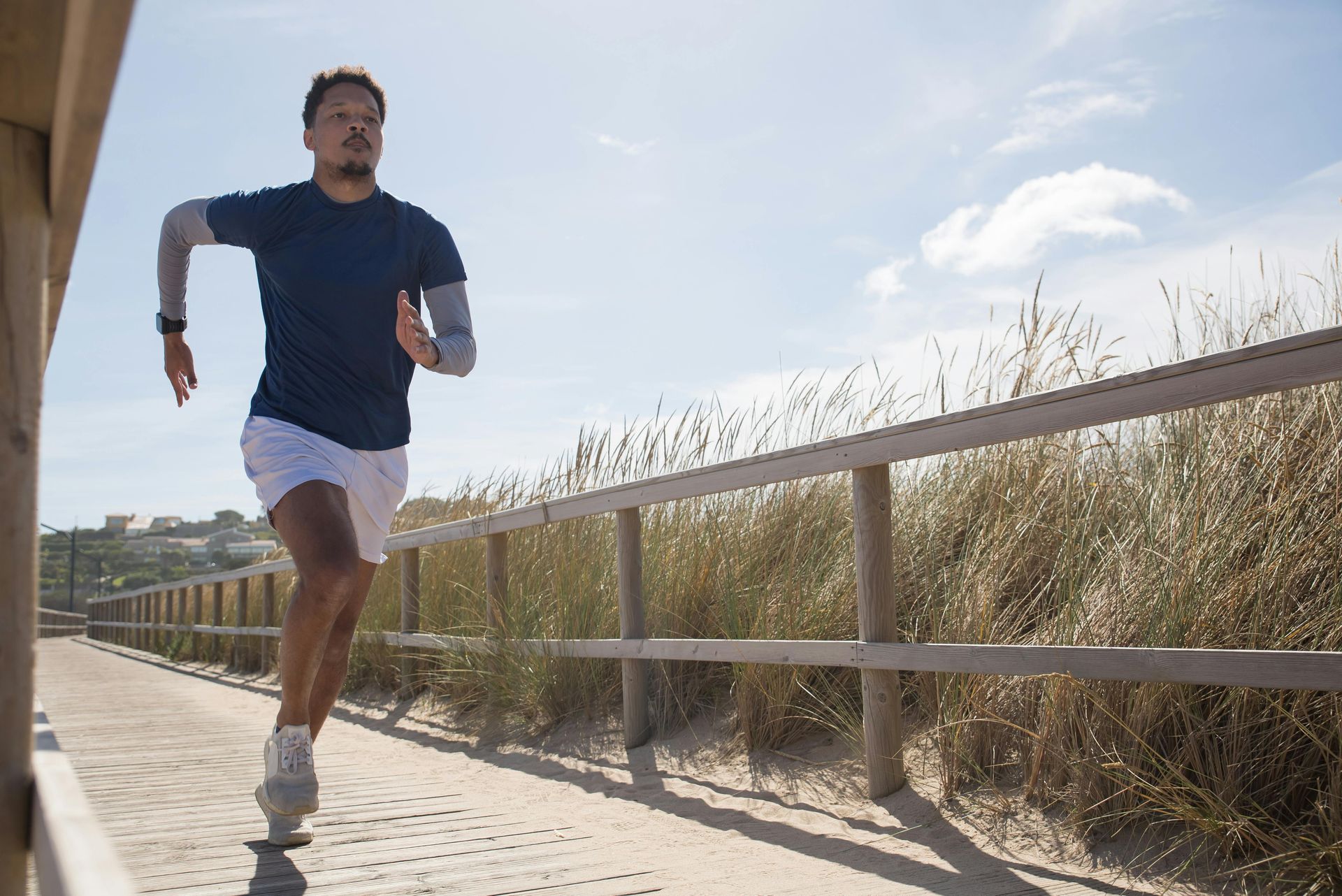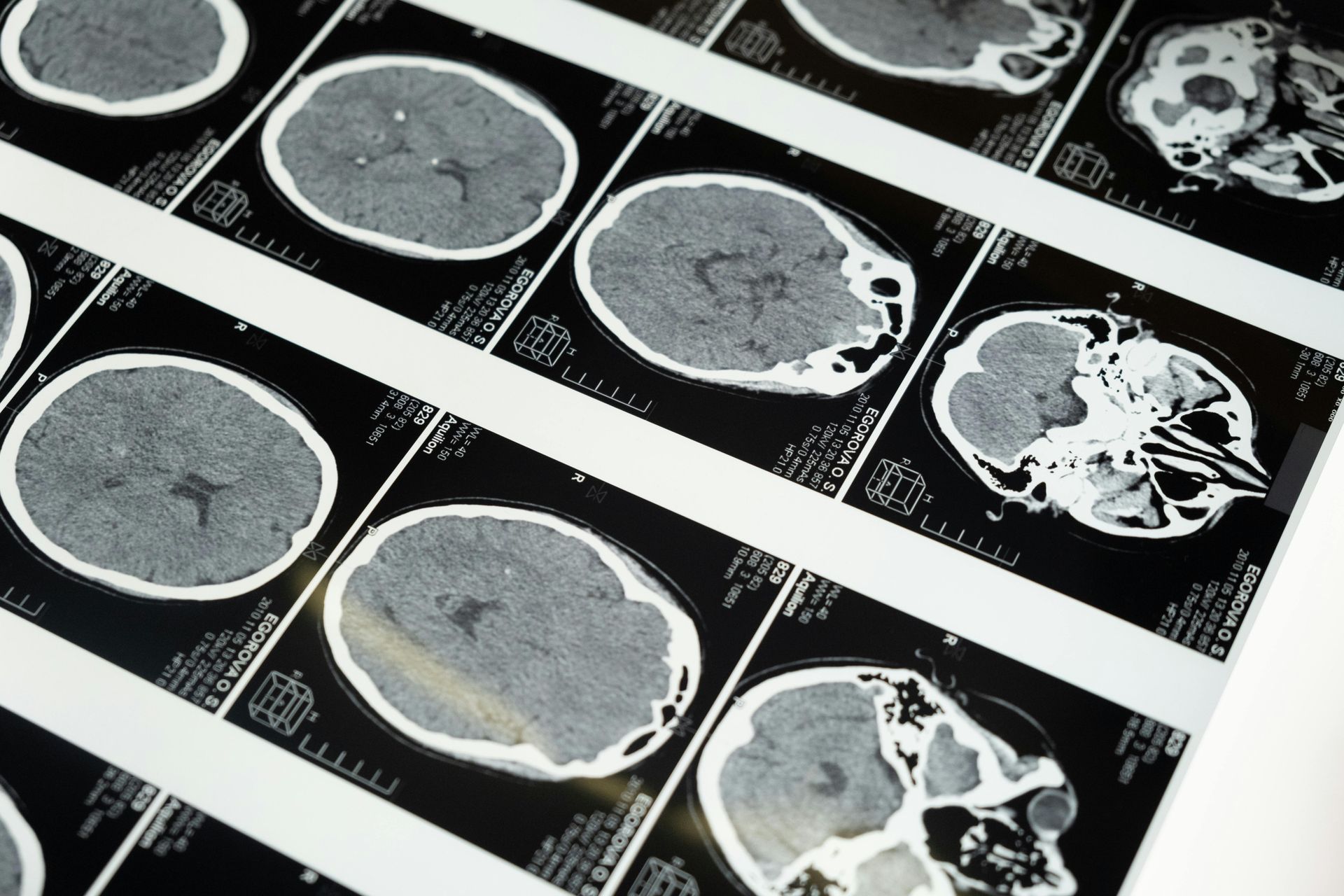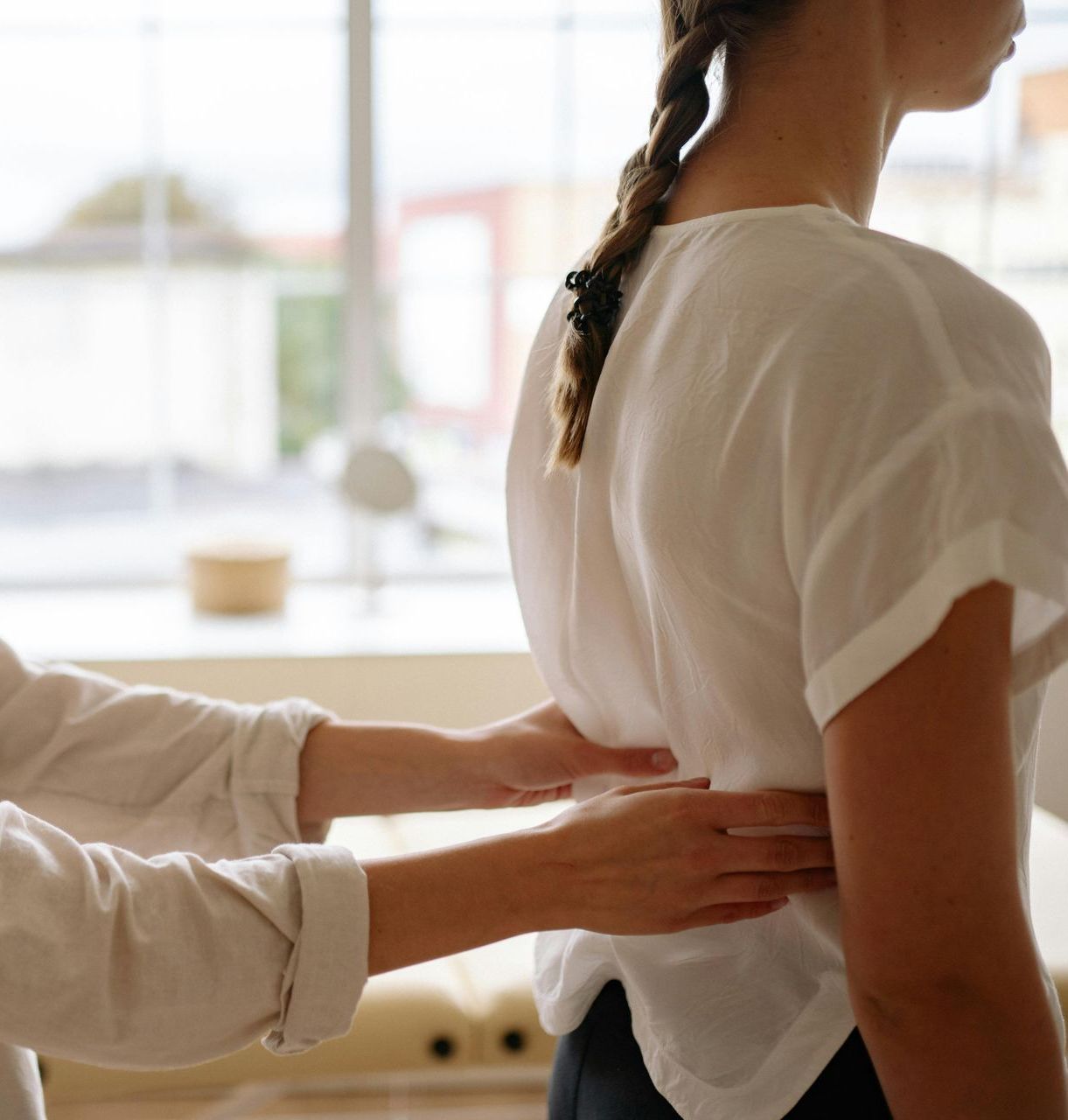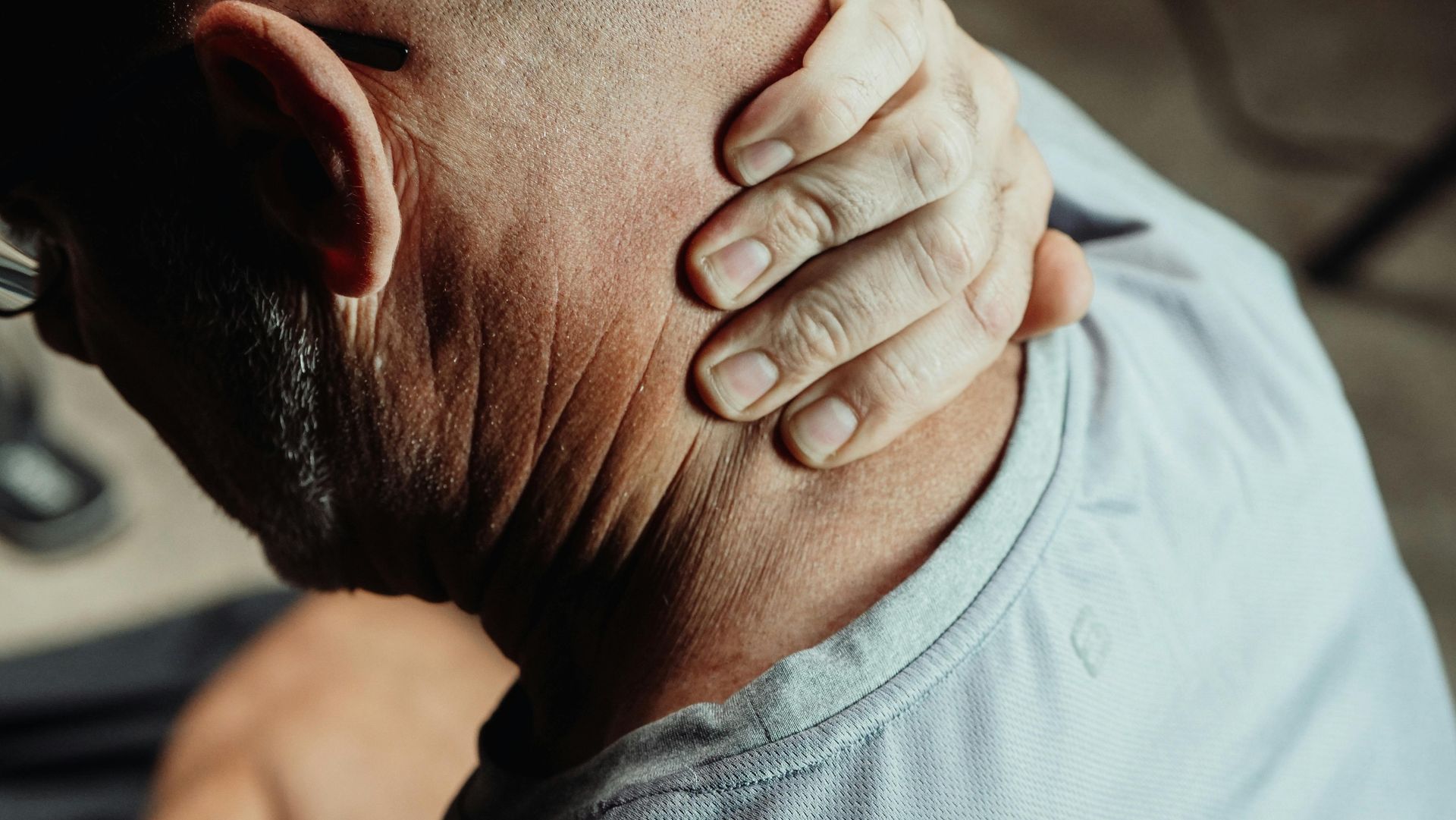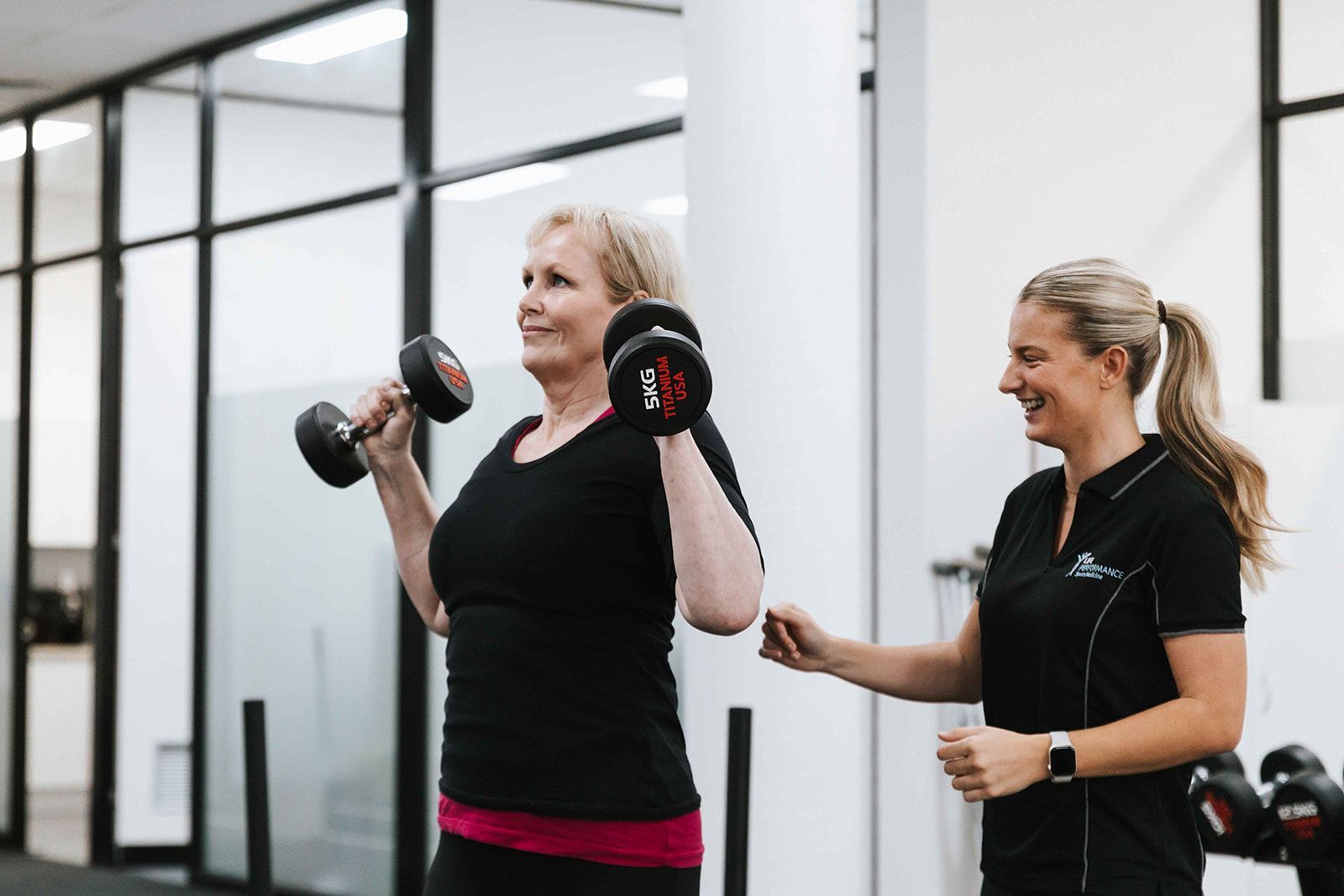Tennis elbow?….. But I don’t play tennis!
Sure, Roger Federer has experienced his fair share of elbow pain!
But the constant ‘grip and rip’ that our tennis stars put through their elbows through, is not dissimilar to an unaccustomed full day of gardening or taking on a massive project like painting a house.
Medical options for tendinopathy are limited - so it is important we understand what tennis elbow is, how it is caused and how we can prevent it.
What is it?
The common extensor tendon on the outside of the elbow can become angry and irritated sending off signals to the brain which the brain interprets as pain – this is what we term a tendinopathy.
The common extensor tendon is attached to the forearm muscles and experiences high levels of load when we do excessive and high force gripping and wrist actions.
How is it caused?
Tennis elbow occurs when the tendon experiences a sudden increase in loading from that which it is accustomed to.
Activities that you do every so often – gardening, painting a house etc. can be high risk activities.
If your tendon is unaccustomed to this type of work, the tendon can react poorly.
Everyone will have their individual ‘safety zone’ a level of physical work that their tendon will tolerate – Unfortunately though, this is impossible to predict!
Understanding this, the best way maximise the safety zone is to keep load consistency and forearm strength (Keep reading!)
How do I Fix an already grumpy tendon?
The key to fixing a tendinopathy is a graduated rehab strength program. Further to this it can take several months to get the tendon back on track – in fact can take up to 12 months – So we need to be patient!
How can I prevent the injury from occurring ?
Reducing your risk of this injury actually involves maintaining consistency in doing the ‘high risk ‘ manual labour activities.
This might Seem counterintuitive, but the Key word here is Consistency.
When we do high load activities regularly we condition our elbow and build a protective barrier against injury.
If you’re unable to keep a level of consistency with manual labour , a regular strength program could be the fit for you.
Aim to complete 3 session per week of incidental forearm work - Gardening , housework etc or substitute with the following exercises.
Remember to take into account – If manual work is completely new to you start slowly – Your Errol Street practitioner will be able to create you a structured program.
Early assessment is critical!
Assessing and managing the first signs of elbow pain within the first 2 weeks can be the difference between a 6 week and 6 month rehabilitation program!
